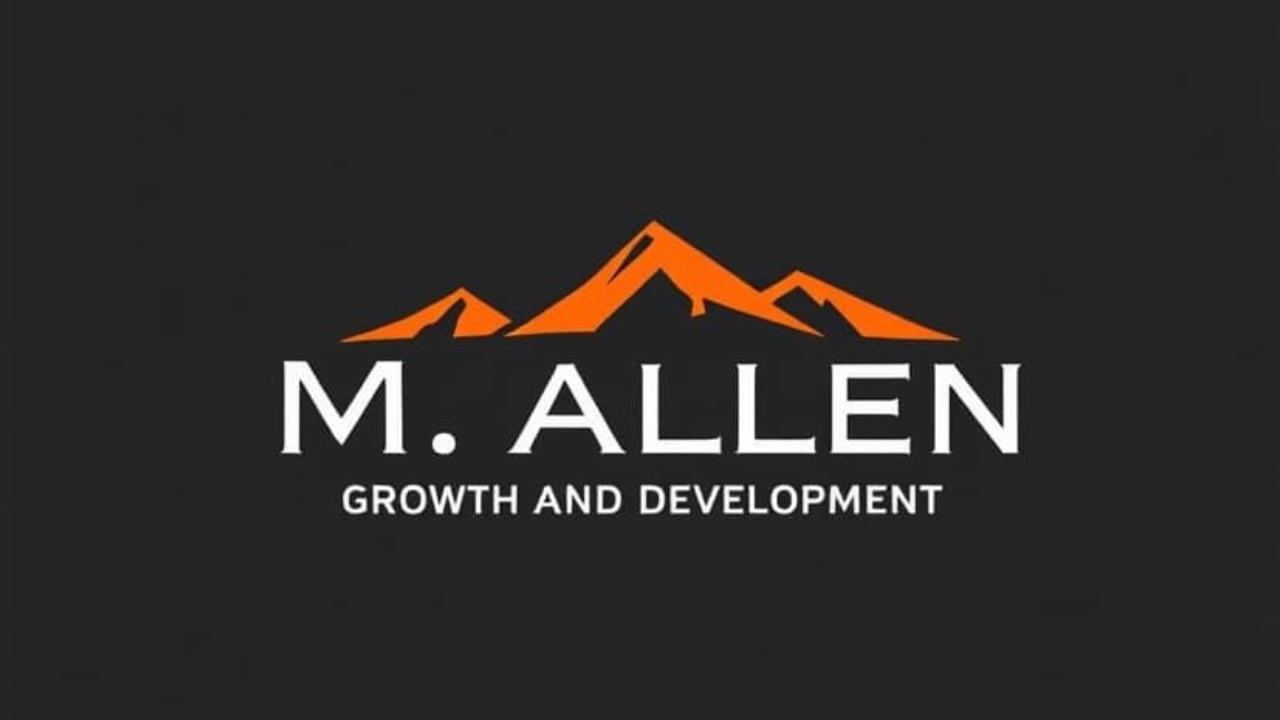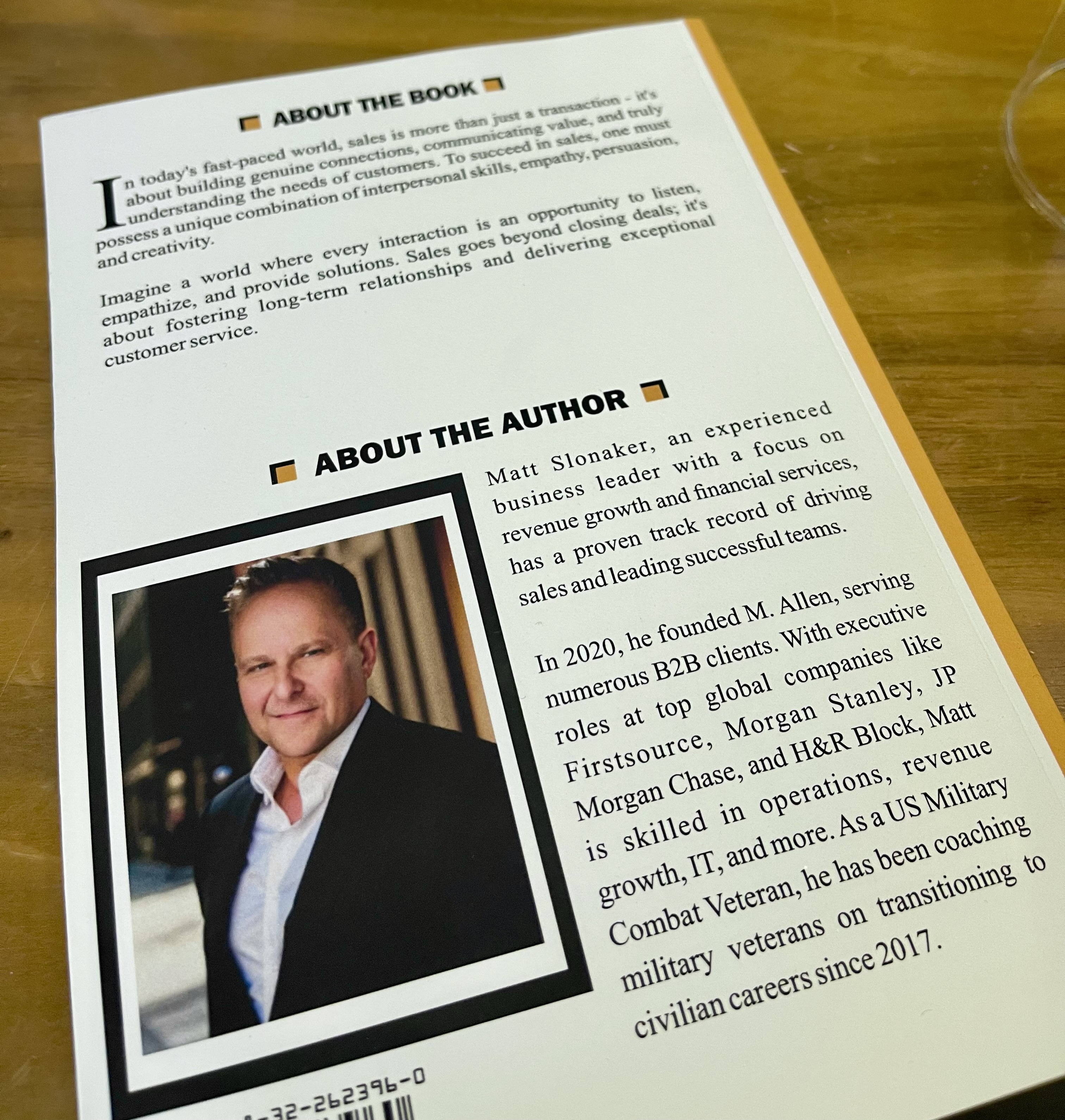Lessons from Viewing Winning Habits
Mar 11, 2025
The Calculus of Transformation: An M. Allen View with CEOs

I’ve come to see CEOs as architects of transformation, solving for the unknown in a sector where the numbers never lie. Over the past few years, I’ve worked with more than three dozen of them in financial services and fintech over the last five years—each with their own equation for turning tradition into traction. I’m M. Allen, a consultant who’s clocked hours in fintech labs and bank war rooms, watching these leaders rewrite the playbook. A McKinsey piece I read pinned down their six core responsibilities, but what grips me is how they lean on ten strategies—customer-centric innovation, digital acceleration, data-driven decisions, agile adaptation, talent reinvention, risk resilience, ecosystem collaboration, operational efficiency, regulatory alignment, and sustainable growth—to fuel transformation. It’s their habits, their steady rhythms, that balance the books.
Take Sarah, the CEO of a fintech redefining mortgage tech, whom I advised in 2022. She nailed *setting direction*, the first responsibility, with *customer-centric innovation* and *digital acceleration*. Her office was a tangle of mockups, but she’d cut through with one vision: seamless transactions. “The customer’s pain is our blueprint,” she’d say. Her habit? A daily sentence on her tablet—the transformation target. She wasn’t just eyeing the next round; she was building for a borderless 2030, slashing rollout times by 40%. Her focus turned a fledgling app into a market contender.
Then there was Raj, who led a legacy lender into the digital age. His knack was *aligning the organization*, the second responsibility, using *operational efficiency* and *agile adaptation*. I’d seen firms fracture when tech clashed with old habits, but Raj kept it humming. He’d host “desk debriefs” with branch leads, coffee in hand, asking, “What’s jamming the gears?” “People execute the pivot,” he told me. His tweaks—streamlining ops, shifting fast—shaved 18% off costs in a year. He didn’t just align; he retooled the bank for agility.
The third responsibility, *mobilizing leaders*, was Elena’s forte at a fintech transforming lending with *data-driven decisions* and *talent reinvention*. She didn’t micromanage—she ignited. I’d watch her challenge her C-suite: “Own this like it’s your P&L.” Her habit was trust—letting them dig into data or reskill on the fly. When her CTO flubbed a risk model, she said, “Refine it. I’ll watch.” He did, cutting defaults by 10%. Elena’s transformation wasn’t just tech—it was a leadership team built for tomorrow.
Engaging the board, the fourth responsibility, was where James excelled at a regional bank. He used *ecosystem collaboration* and *sustainable growth* to rally directors. Boards can stall change—too cautious, too detached—but James reframed it. I’d hear him open with, “Met a startup partner last week,” then link it to ROE. His habit? Monthly calls to each member, asking their take on alliances or pressures. By my last meeting, they were pushing his agenda. He’d turned a board into a transformation engine.
The fifth responsibility, *connecting with stakeholders*, belonged to Aisha, who scaled a microfinance fintech with *regulatory alignment* and *risk resilience*. She didn’t just talk to regulators or clients—she bridged them. I’d join her at borrower meetups, notebook out—names, risks, commitments. “Transformation dies without buy-in,” she’d say. When a compliance hurdle loomed, she faced it, adjusted, and kept momentum. Her user base tripled—proof that stakeholders aren’t noise, they’re the pulse.
Finally, *managing personal effectiveness*, the sixth responsibility, was Tom’s redemption arc at an investment bank. He drove change with *data-driven decisions* and *sustainable growth*, but nearly broke doing it. He was everywhere—deals, dashboards—until I asked, “Who’s auditing you?” He grinned, then got serious. His fix? Two hours daily, no screens, just strategy. “If I’m burned out,” he said later, “the firm’s returns are ash.” By 2024, he’d cut hours by 15% and grew AUM 30%. Transformation, he learned, starts with the leader’s own ledger.
Across these 36 CEOs, I’ve seen the formula: *customer-centric innovation* to win clients, *digital acceleration* to leapfrog peers, *data-driven decisions* to bet smart, *agile adaptation* to turn on a dime, *talent reinvention* to future-proof, *risk resilience* to endure shocks, *ecosystem collaboration* to scale wide, *operational efficiency* to cut waste, *regulatory alignment* to stay clean, and *sustainable growth* to last. Sarah’s targets, Raj’s debriefs, Elena’s trust, James’s calls, Aisha’s notebook, Tom’s triage—these habits turn vision into victory. McKinsey calls it six responsibilities; I call it a transformation calculus. After years in the fray, I’ve learned this: the best CEOs don’t just lead change—they compute it, one move at a time.
Key Actions for Transformation
Here’s a detailed playbook of actions these leaders take—and you can adopt—to transform your financial services or fintech company:
- Define a Customer-First Vision: Write a daily goal tied to a specific client pain point (e.g., “Reduce checkout friction by 10%”) to anchor your transformation, like Sarah.
- Map the Digital Roadmap: Set a 90-day sprint to launch one new digital feature—think mobile banking or blockchain settlement—to accelerate your tech edge.
- Audit Operations Weekly: Host 15-minute debriefs with team leads to pinpoint one inefficiency (e.g., redundant approvals) and cut it, like Raj, boosting agility.
- Delegate with Data: Assign your C-suite a KPI-driven project (e.g., “Cut loan approval time using analytics”) and step back, like Elena, to mobilize leaders.
- Fast: Enroll 20% of your team in a crash course—AI, cybersecurity, whatever’s next—within 60 days to reinvent talent.
- Pitch the Board a Partner: Schedule a call this month to propose one ecosystem tie-up (e.g., a fintech API integration), like James, to win their buy-in.
- Meet Stakeholders Face-to-Face: Host a quarterly forum with clients or regulators, notebook in hand, and act on one feedback point, like Aisha, to build trust.
- Stress-Test Risks: Run a monthly “what-if” scenario (e.g., a rate hike or cyber breach) and tweak one process to stay resilient.
- Block Thinking Tim: Carve out 90 minutes daily, no interruptions, to strategize long-term moves, like Tom, keeping your focus sharp.
- Cut the Fat: Identify one legacy system (e.g., an outdated CRM) and phase it out within six months to streamline operations.
- Align with Regs Early: Meet with your compliance team biweekly to preempt one regulatory shift (e.g., ESG reporting) and adjust proactively.
- Test and Iterate: Launch a pilot project—say, a new robo-advisor—in one market by Q2, analyze results, and scale what works.
- Celebrate Wins: Share one transformation milestone (e.g., “Saved $1M in ops costs”) with your team monthly to keep momentum.
Call to Action: CEOs, transformation isn’t a theory—it’s your next quarterly report. Pick three actions from this list, assign deadlines this week, and execute. The financial world moves fast—start rewriting your equation today.
- Matt Slonaker
